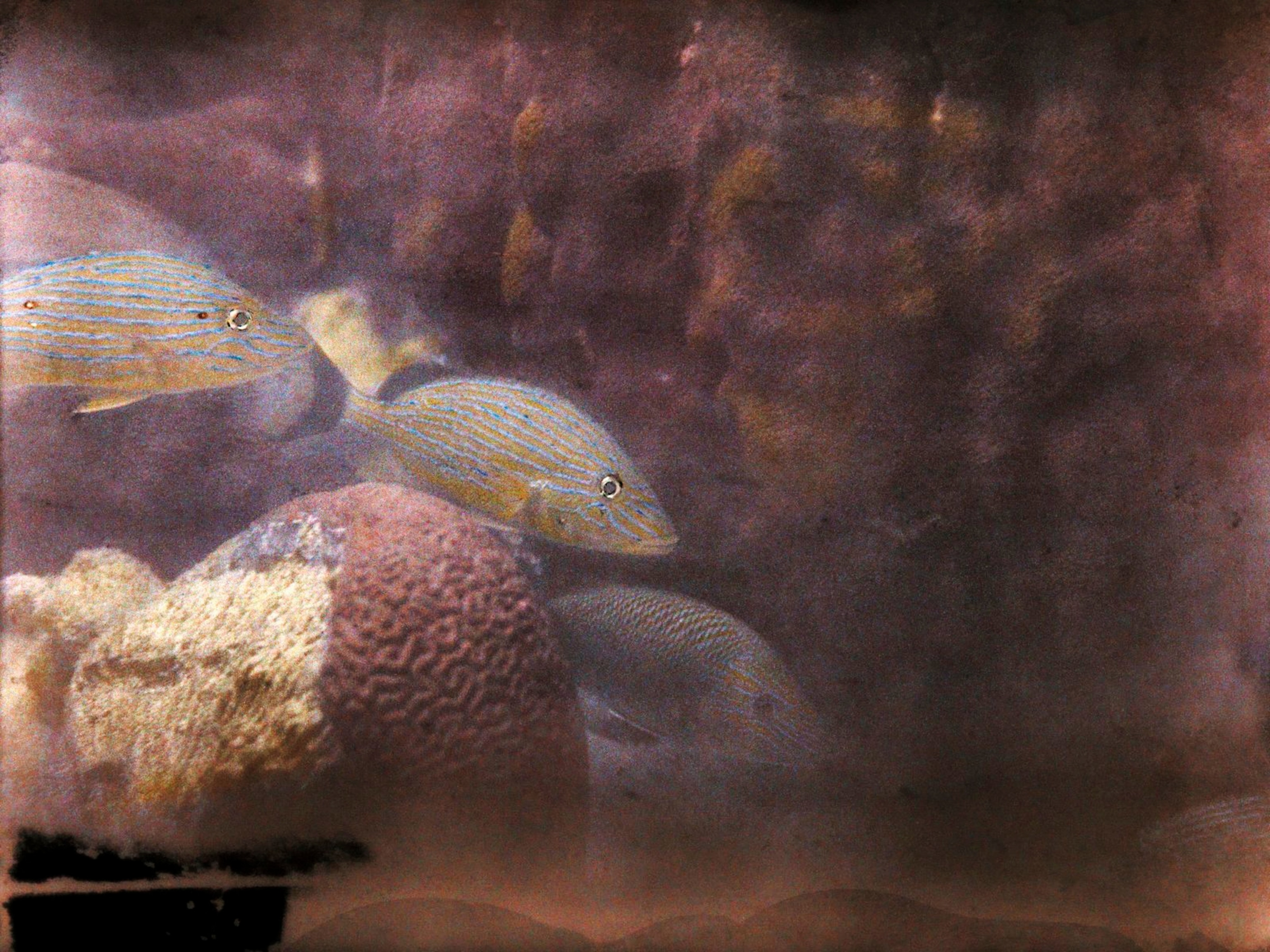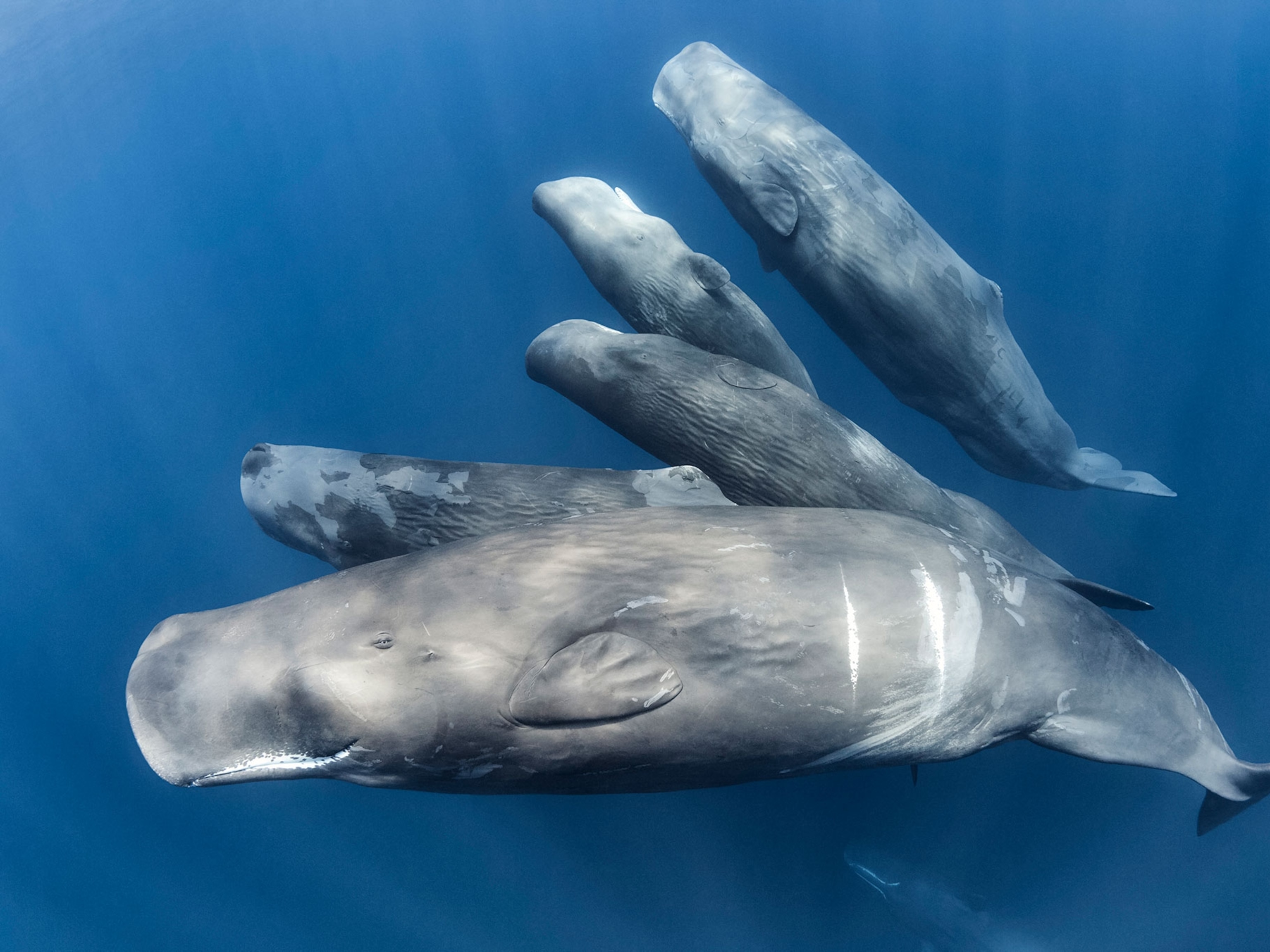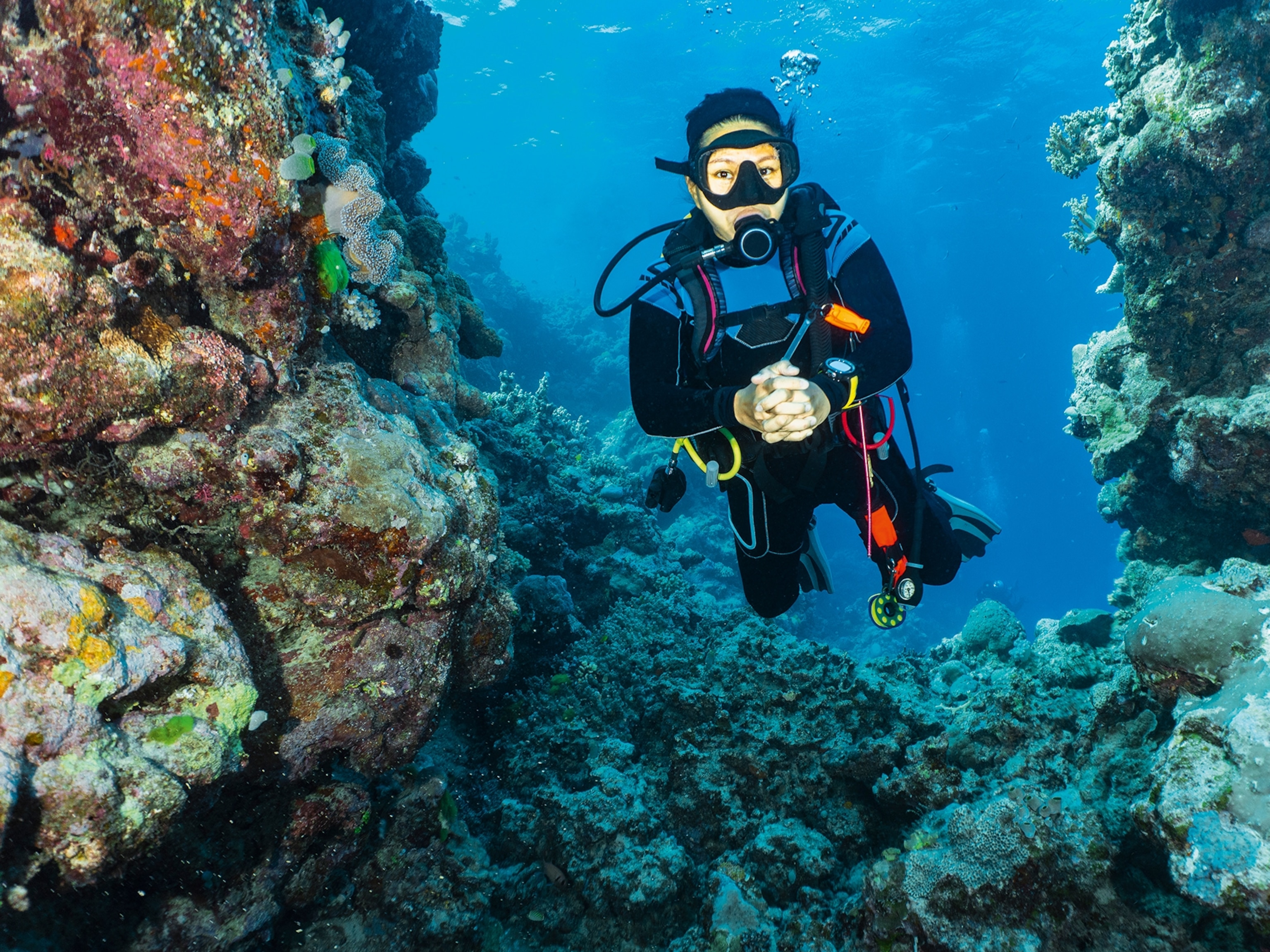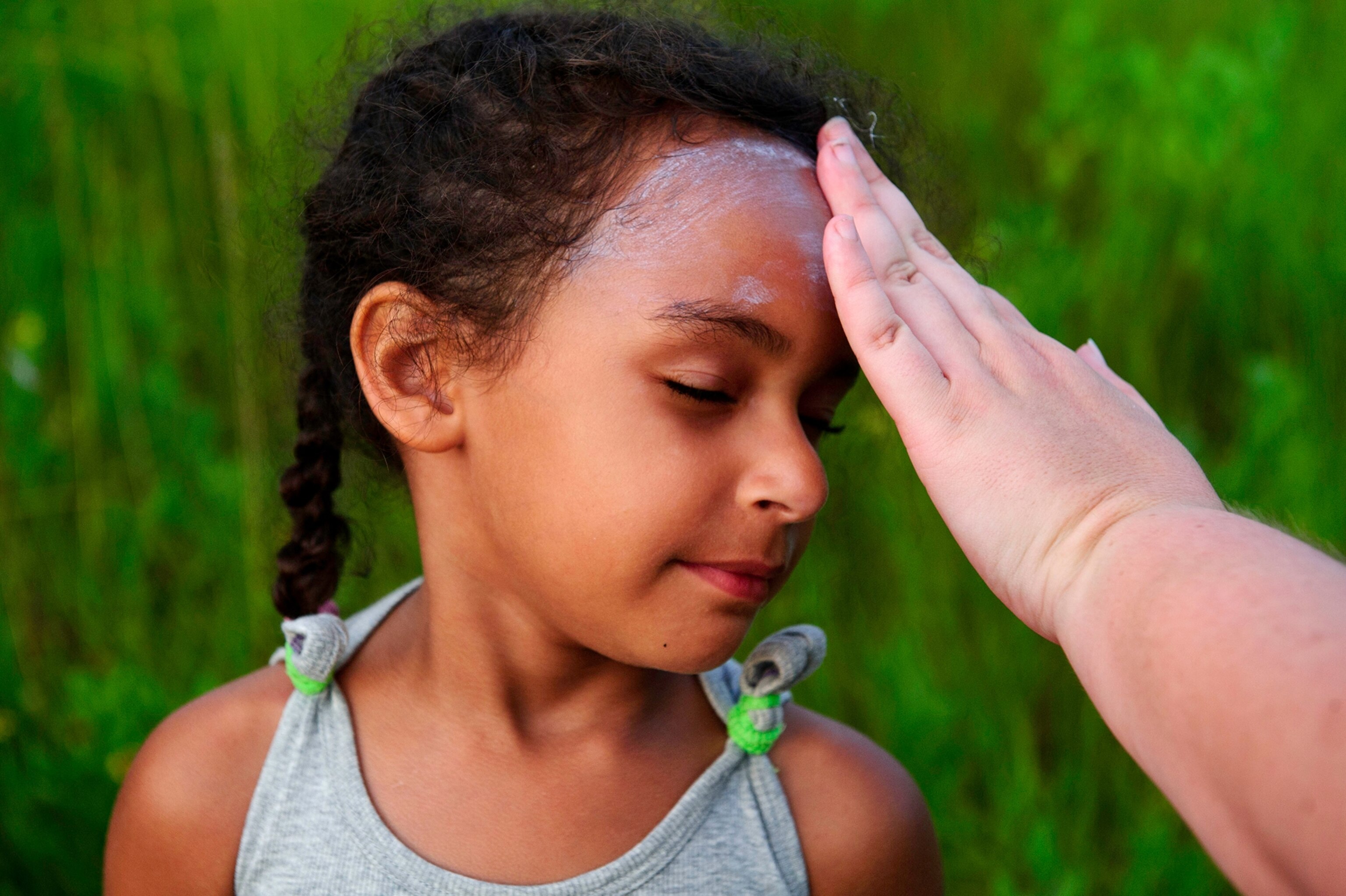
Do Sunscreens' Tiny Particles Harm Ocean Life in Big Ways?
Residues from consumer products may stop sea life from developing normally.
Tiny particles used in sunscreens and other consumer products may harm marine creatures by disabling the defense mechanisms that protect their embryos, according to a new study.
Small amounts of microscopic metals in some sunscreens, toothpastes, cosmetics, and boat paints can alter the cells of sea life in ways that make the animals more vulnerable to damage inflicted by other toxic pollutants, according to the study published in the journal Environmental Science and Toxicology.
The findings add to growing evidence that nanomaterials—which are 100,000 times smaller than a human hair—sometimes affect plants and animals in unexpected ways. Previous research has shown that nano-zinc, nano-copper, and other metal nanoparticles widely used in consumer products can harm tiny marine worms, crustaceans, algae, fish, mussels, and other sea creatures.
While the new study was conducted on sea urchin embryos, the researchers say the effects could be similar for other forms of sea life.
"When they were exposed to these nanomaterials, even in extremely low concentrations that you wouldn't expect to have an effect, we saw all sorts of unusual patterns of development," says study co-author Gary Cherr, interim director of the University of California, Davis, Bodega Marine Laboratory.
When they were exposed to these nanomaterials even in extremely low concentrations that you wouldn't expect to have an effect we saw all sorts of unusual patterns of development.Gary Cherr, Bodega Marine Laboratory
For example, some urchin embryos exposed to nano-zinc oxides in sunscreen or nano-copper oxides in boat paint never grew to become larvae or appeared to grow normally but then were unable to eat and died.
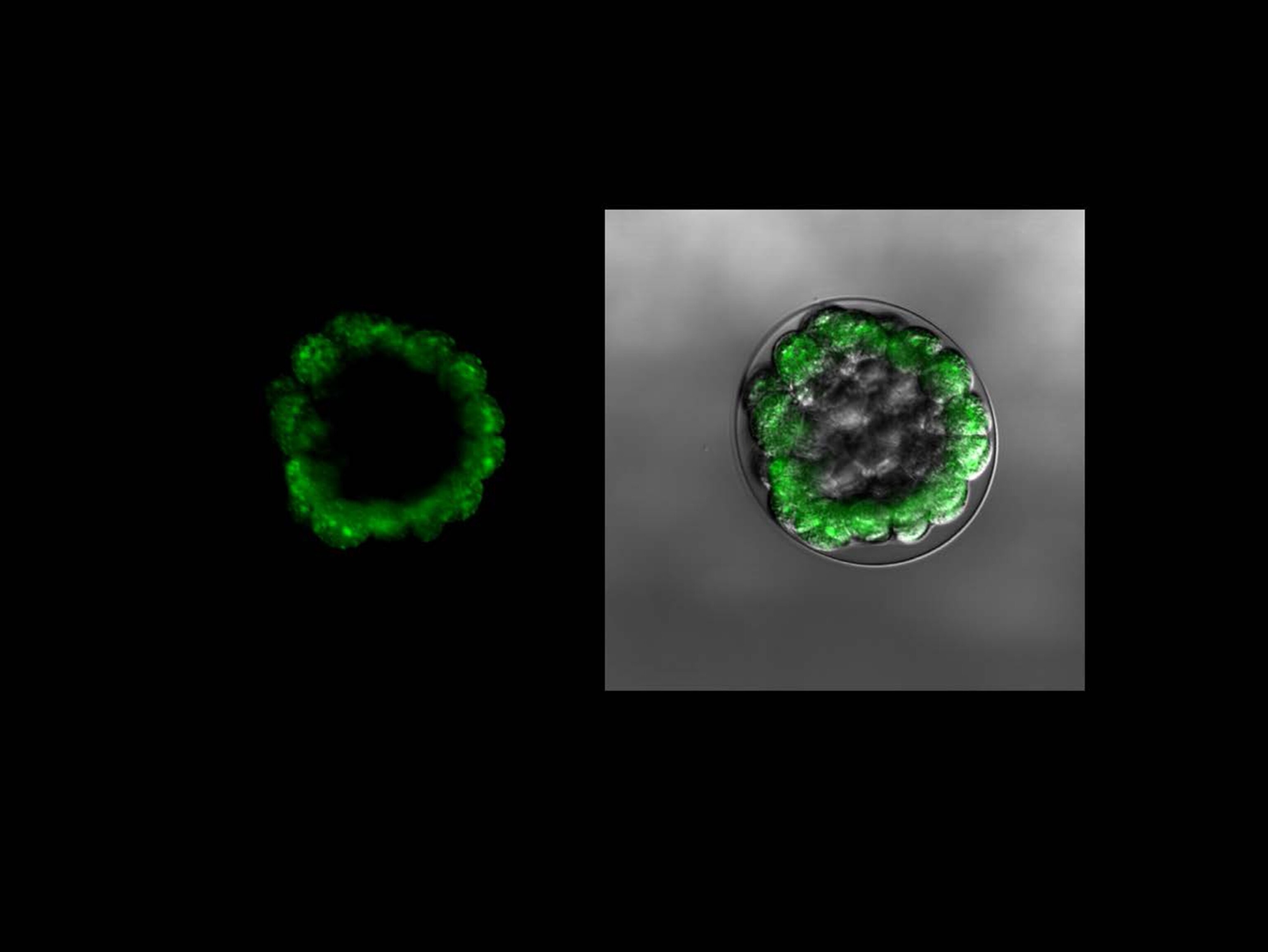
Effects on Ocean Life Debated
Scientists now are researching and debating whether nanomaterials in sunscreens and other products are risky to the environment.
Scientist Hunter Lenihan says that simply walking into the water on a crowded beach while wearing sunscreen can expose marine creatures to traces of metal particles that may be harmful.
In big places like Los Angeles or Florida, it could cause significant problems.Hunter Lenihan, UC Santa Barbara
"We think that the exposure through sunscreen is probably the most important route for animals in aquatic systems," says Lenihan, a professor of marine ecology at the University of California, Santa Barbara, who has studied nanomaterials. He was not involved in the new study.
“I think it would scale up with the size of the beaches. In big places like Los Angeles or Florida, it could cause significant problems,” Lenihan says.
But other scientists see little cause for alarm.
Paul Westerhoff, a professor at Arizona State University’s School of Sustainable Engineering and the Built Environment, says the new research does not prove that sunscreen has significant impacts on marine life.
“The tradeoffs in this paper are not severe in my mind, relative to the concentrations likely to be in water,” he says.
Westerhoff says the doses of nanoparticles that the embryos were exposed to, while small, seem too large to be realistic. “You would almost never find these concentrations in the marine environment,” he says.
Cherr agrees that most studies do show exceptionally small amounts of nanomaterials get into the environment. But that varies by location.
“It could be the amounts we tested are, in fact, higher than you would see. But when you look at the potential for a busy enclosed beach, we don’t know that,” he says.
Pros and Cons of Nanomaterials
In the new study, scientists exposed urchin embryos to different levels of nanoparticles used in some sunscreen and boat paint. They found that the materials harmed the creatures directly and indirectly.
For example, nano-copper oxide used in paint doesn't dissolve easily in water. Urchins exposed to small amounts took up particles that did not initially harm them. But over time the animals amassed these particles, which then dissolved inside the embryo, exposing the urchins to toxic amounts of copper.
In both paint and sunscreen, the nanomaterials also disrupted cellular pumps that organisms use to flush away toxic compounds. That made the embryos more susceptible to damage from other toxic compounds.
There’s always some potential for risk we just may not understand.Gary Cherr
“When you introduce new forms of chemicals into the environment, there are all these potential positives,” Cherr says. “Some, compared to their bulk counterparts, may be safer. But … there’s always some potential for risk we just may not understand.”
Nano-copper oxides are considered an improvement over traditional forms of copper, which can affect basic marine life processes, such as how salmon use smell to find spawning grounds. Nanomaterial paints also don’t have to be applied as often.
“You're putting much less paint on boats and the loading to the environment is less—or so that was the hope,” Cherr says.
The advocacy organization Environmental Working Group has named zinc oxide as the best available sunscreen option for most consumers. But the group says that the products should be better monitored and regulated to protect people and the environment.
Follow Craig Welch on Twitter.


